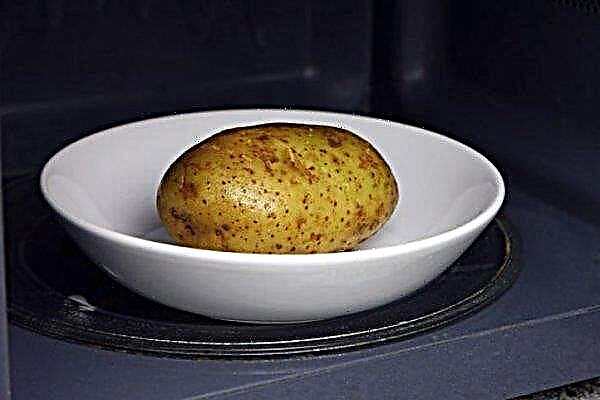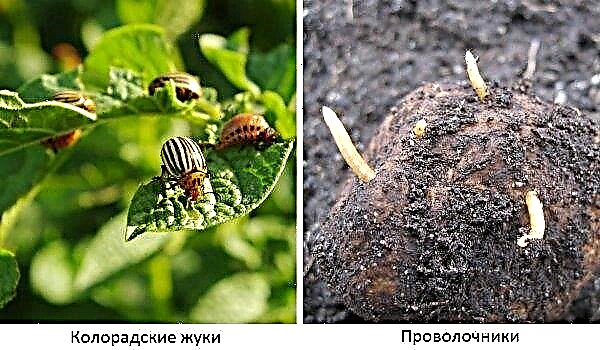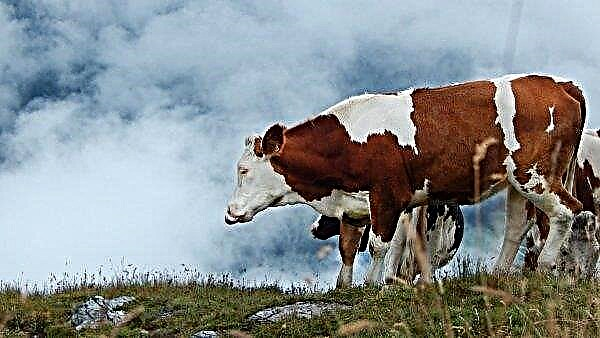When breeding chickens, farmers often experience colds. There are several reasons why chickens begin to wheeze, sneeze, and cough. We suggest considering the most common diseases characteristic of chickens and methods for solving problems.
Why do chickens sneeze, wheeze, cough?
The main reasons leading to the development of diseases in chickens:
- neglect of preventive measures and hygiene requirements;
- inappropriate weather conditions;
- humidity increase;
- poor quality feed;
- infection from other animals and birds kept on the farm;
- the birth of chickens from an infected laying hen.
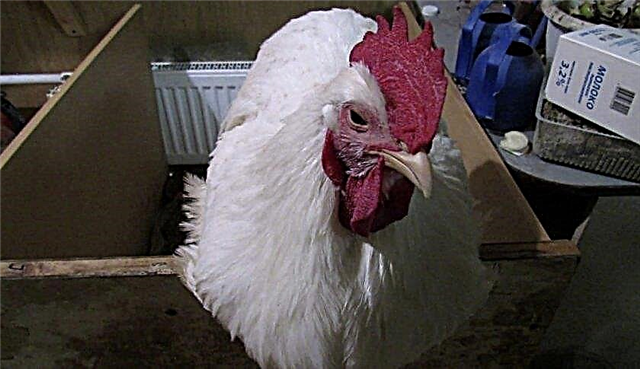
Cold
Colds appear as a result of hypothermia of the lower extremities in chickens. Inflammation in the upper respiratory tract causes the bird to breathe through the mouth, which causes characteristic symptoms:
- wheezing
- hoarseness of voice;
- secretion of mucus from the nasal passages.
- Chronical bronchitis;
- non-infectious pneumonia.
Chicken ARVI is transmitted by airborne droplets, so it is better to immediately isolate sick individuals and begin treatment. An untreated cold in chickens causes growth retardation and a decrease in productive qualities.
Laryngotracheitis
The disease is of a viral nature. The virus creates colonies in the mucous membranes of the larynx and trachea, in rare cases, nasal passages and eyes. Most often affects young animals aged 60-100 days.
Symptomatic picture of laryngotracheitis:
- mucous discharge from the nose, eyes;
- wheezing, coughing;
- cyanosis of earrings, crest;
- decreased appetite;
- swelling is noted in the lumen of the larynx, hemorrhages and white ulcers are clearly visible.
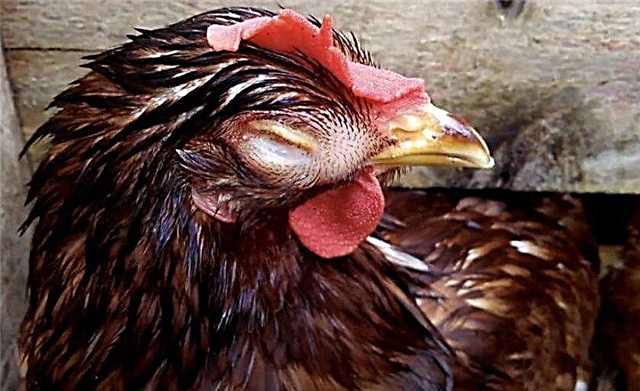 In chickens aged 20-40 days, the disease proceeds in a conjunctival form, which manifests itself:
In chickens aged 20-40 days, the disease proceeds in a conjunctival form, which manifests itself:- inflammation of the cornea;
- lacrimal-foamy discharge from the eyes;
- crawling of the upper eyelid to the lower.
Important!Infection can affect a person. Infection often occurs when working with aggressive strains of the virus in industrial poultry farms.
Rhinotracheitis
The onset of the disease is provoked by metapneumovirus. It affects individuals of all ages. It is transmitted by airborne droplets and quickly spreads to the entire livestock.
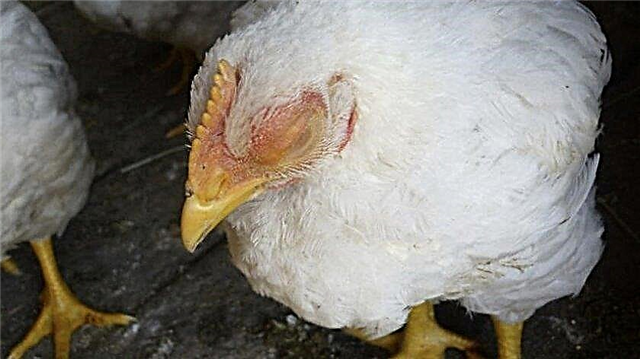 Symptomatic picture:
Symptomatic picture:
- swollen head syndrome, in which chickens go blind;
- rhinitis;
- conjunctivitis;
- swelling of infraorbital sinuses;
- damage to the reproductive organs;
- deformation of the cervical vertebrae;
- damage to the skull.
Infectious bronchitis
IBS or infectious bronchitis primarily affects young animals.
The main symptoms in adults:
- complicated breathing;
- bronchospasm;
- sneezing
- profuse mucus secretion from the nasopharyngeal tract;
- decrease in egg production.
 To the above symptoms in young animals are added:
To the above symptoms in young animals are added:
- conjunctivitis;
- mucosal tissue damage;
- decreased appetite;
- swelling under the eyes;
- lethargy;
- decrease in muscle tone, manifested by lowering of the wings, curvature of the neck.
Important!
In adults, the disease can manifest itself as a reproductive syndrome. In such chickens, wheezing is practically inaudible, they rarely appear, which complicates the diagnosis of IB. Viral cells die under the influence of high temperatures, and in frozen form are able to maintain virulence.
Bronchopneumonia
The main reason for the development of bronchopneumonia is the prolonged presence of chickens in the cold. The disease may appear as a complication after infectious bronchitis. Symptoms:
Symptoms:
- wet rales;
- decreased activity;
- a predominantly sedentary lifestyle;
- lack of ability to eat food or drink water on your own;
- exercise of breathing through the mouth.
Tuberculosis
The disease proceeds in a chronic form. It is characterized by a blurred clinical picture. Incubation can last for months.
The main symptoms are:
- the first is lameness;
- fever is occasionally observed;
- anemia;
- tuberculous papules are formed on the palate, in the throat, less often in the area of the cloaca.
 The danger of the disease consists in a long course, which allows tubercle bacilli to fully adapt in the body of the bird. As the papules grow, pathological degeneration of the mucous membranes and rupture of the internal organs are observed. The disease is transmitted by contact, quickly affects the livestock.
The danger of the disease consists in a long course, which allows tubercle bacilli to fully adapt in the body of the bird. As the papules grow, pathological degeneration of the mucous membranes and rupture of the internal organs are observed. The disease is transmitted by contact, quickly affects the livestock.
Colibacillosis
Colibacteriosis causes E. coli.
Symptomatic picture:
- refusal of food;
- cyanosis of the beak;
- bowel movements have a liquid structure, painted black or dark green;
- swollen head syndrome - chickens shake their heads, their quality of vision decreases;
- pericarditis.
Infection is transmitted by contact. A large number of pathological microorganisms are found in the feces of infected chickens.  The danger lies in the ability of bacteria to penetrate the eggshell. Chickens hatched from such eggs are immediately carriers of infection.
The danger lies in the ability of bacteria to penetrate the eggshell. Chickens hatched from such eggs are immediately carriers of infection.
Did you know?
More often than other breeds, the disease affects broilers. All the forces of organisms are aimed at rapid growth, which impedes the full development of the immune system.
Mycoplasmosis
Respiratory mycoplasmosis can occur against the background of other viral infections.
Symptomatic picture:
- shortness of breath
- decreased appetite;
- deterioration of the qualitative and quantitative indicators of products;
- death of embryos in eggs;
- ovarian tissue inflammation;
- inflammation of the corneal mucosa.
Young growth is stunted. Mortality is relatively low 4-10%.
What to do and how to treat
Having found sick individuals, immediately put them in a separate room and call the veterinarian to collect the tests. A correctly diagnosed diagnosis will help to choose the optimal treatment regimen. Correct deficiencies in care and completely disinfect rooms, drinking bowls, feeders with 1% solution of copper sulfate. Be sure to change the litter in the chicken coop and clean the walking area.
As the main treatment, medications are used. As an additional tool, traditional medicine is added.
Medical methods
Colds are treated with inhalations. Isatizon has proven itself well. the drug has an immunomodulatory, antimicrobial and antiviral effect. Used as an aerosol spray. Working dose of 2 ml / m3 chicken coop once a day. After spraying, chickens should be indoors for 30-40 minutes. The course of treatment is 3 days.
Treatment of laryngotracheitis is considered inappropriate from an economic point of view. The best way out would be to destroy the entire herd, carry out a deep disinfection and bring in new birds. Rhinotracheitis is not treated. It is prevented by vaccination at a daily age.
Did you know?
Tetracycline antibiotics were found in the bones of ancient Nubian mummies. The Egyptians isolated them from beer.
Scientists have not developed an effective treatment for infectious bronchitis. The main control method is spraying the Virocid solution in the chicken coop. This will help eliminate bacteria from the room and speed up the healing process. Working solution - 25 ml per 10 l of water. A layer of solution should be applied to cleaned surfaces. After 15 minutes rinse it off with water. The two-day course will be repeated with an interval of 3 weeks 4 times. There is no cure for tuberculosis. Obviously sick individuals are destroyed. Meat products are burned. Chicken coops are disinfected, and tuberculin tests are carried out for the remaining livestock.
There is no cure for tuberculosis. Obviously sick individuals are destroyed. Meat products are burned. Chicken coops are disinfected, and tuberculin tests are carried out for the remaining livestock.
Colibacteriosis is treated in the presence of 2-3 infected birds from the entire livestock. If most chickens are affected, the livestock is destroyed and deep disinfection is carried out. In treatment, Furazolidone and Biomycin are used. Furazolidone is mixed with food or drink. The working dose for young animals is 1 ml per individual, for adults - 3 ml. The course is 5 days, then a break of 7 days, 3 days are supplemented with fortified supplements by age and the antibiotic course is repeated again. Biomycin is mixed with feed at a rate of 100 mg / kg. In addition, multivitamin complexes by age are used. The course is 5-7 days.
Important!
During the period of antibiotic treatment, probiotics or fermented milk products are necessarily added to the diet to restore intestinal microflora.
Mycoplasmosis is treated with Tilsol200. The drug is diluted in water at the rate of 0.3 ml per chicken, 300 ml per adult. The course of treatment is 5 days. As a prophylaxis, repeat the course in 3 days after a month.
Folk ways
Treatment with folk remedies involves feeding the birds with decoctions of herbs. Nettle broth proved itself well. 200 g of dry raw material are added per 1 liter of boiling water. Insist 2 hours. The concentrate is bred with 10 l of water for an adult bird, from 15 l for chickens.
An antibacterial effect has a decoction of chamomile and St. John's wort. For 10 l of boiling water add 50 g of flowers. Drinking is carried out until the symptoms of the disease completely disappear.
When infected with E. coli, the root of elecampane is effective. For 10, 30-40 g of raw material is enough.
Disease Prevention
Most diseases in chickens are caused by defects in care, so the farmer's priority is to carefully monitor the cleanliness of the room and the condition of the bird. Preventive measures include:
Preventive measures include:
- Vaccination against rhinotracheitis at the daily age with the live Pulvak TRT vaccine. Depending on the epidemiological situation in the region, it can be carried out 3-4 times a year.
- Vaccination against mycoplasmosis of an adult population 120 days before hatching.
- The introduction of fortified premixes taking into account age.
- Conducting deworming 2 times a year.
- Insulation of the walls of the chicken coop.
- Regular change of flooring and disinfection of rooms.
- Tracking the epidemiological situation in the region and timely vaccination.
Sneezing, coughing and wheezing in chickens provoke viral diseases and E. coli. Most of them are not treated. The main measure of protection against them is high-quality prevention and control of conditions of detention.

